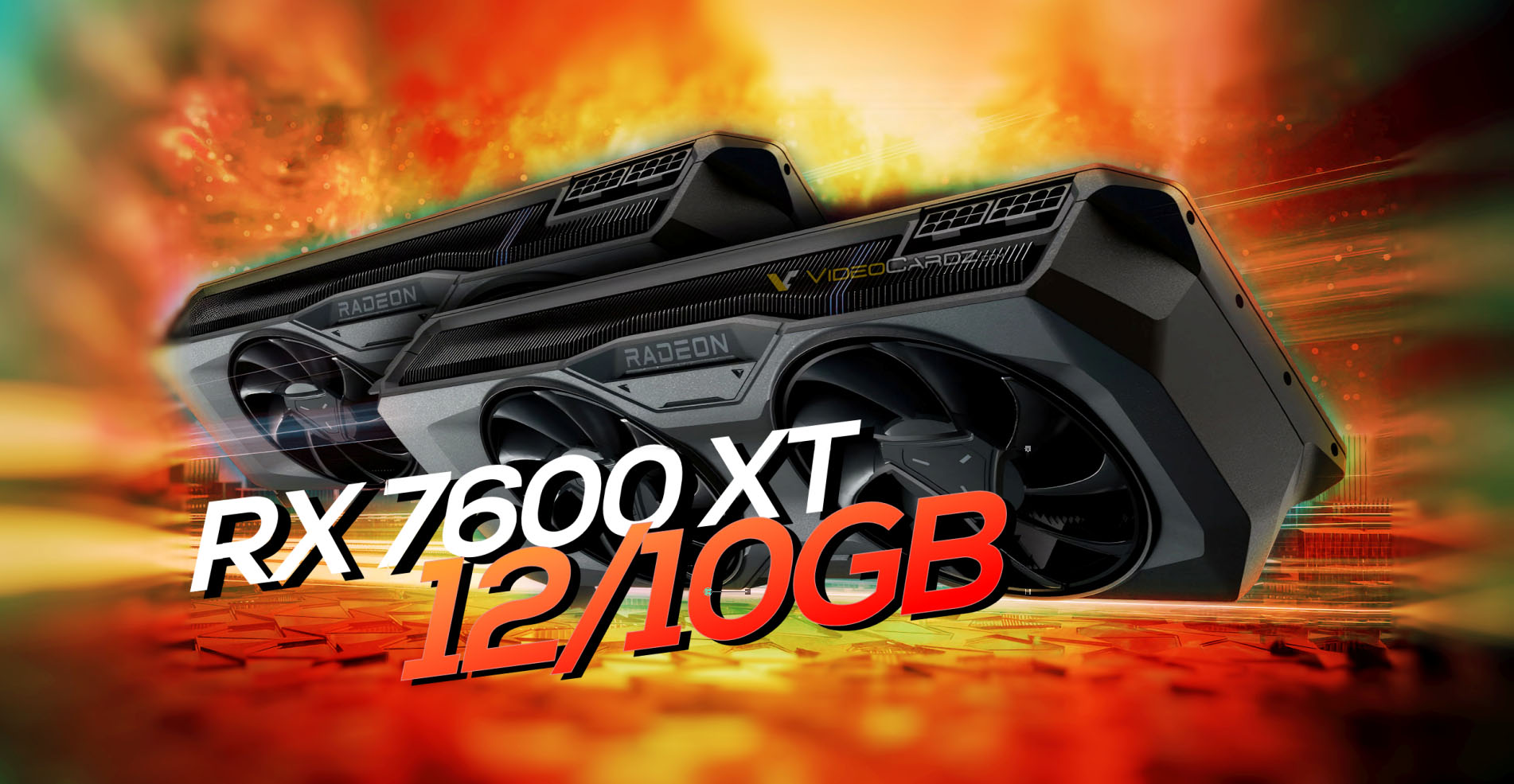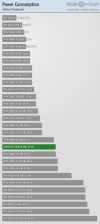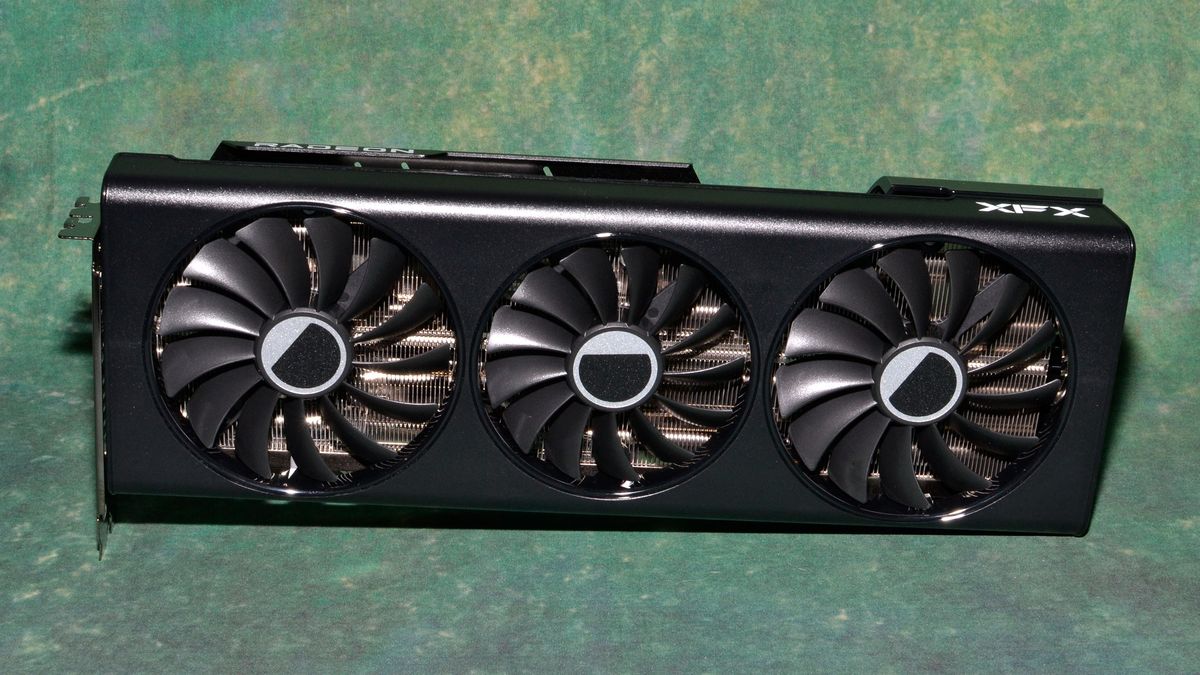It's still gonna suck due to low memory bandwidth and they'll probably want >$350us for it.
Oh yeah, to that end, one more interesting thing i noticed about the 7700XT from Eurogamer's review.
I'd posted earlier that according to TechPowerUp's review, the 7700XT was incredibly overclockable, and in fact, once highly overclocked, actually managed to be faster than the 7800XT at least in some tests, which is rare to see these days.
I'd been too eager to focus on that, and when comparing cards, people usually look at the CUs or TFLOPs numbers to compare cards in the stack, but that
really doesn't tell the whole story on this one.
7700XT -> 7800XT:
54 -> 60 CUs (11.1% increase, but realistically even less than that as the 7700XT is clocked higher out of the box and less power limited, so the actual TFLOPs increase is closer to 5% best case for the 7800XT)
48 -> 64MB of Infinity Cache (33.3% increase,
both in size and overall bandwidth since the slices are striped together)
432 -> 624 GB/s of memory bandwidth (44.4% increase)
The RX 7700 XT struggles to justify its positioning.

www.tomshardware.com
However, Starfield, the 7800XT has a ~30% lead, making the 7700XT a pretty awful decision at its MSRP.
Sometimes you really do need that 'real' memory bandwidth, and there's only so much the on-chip caches can do.





